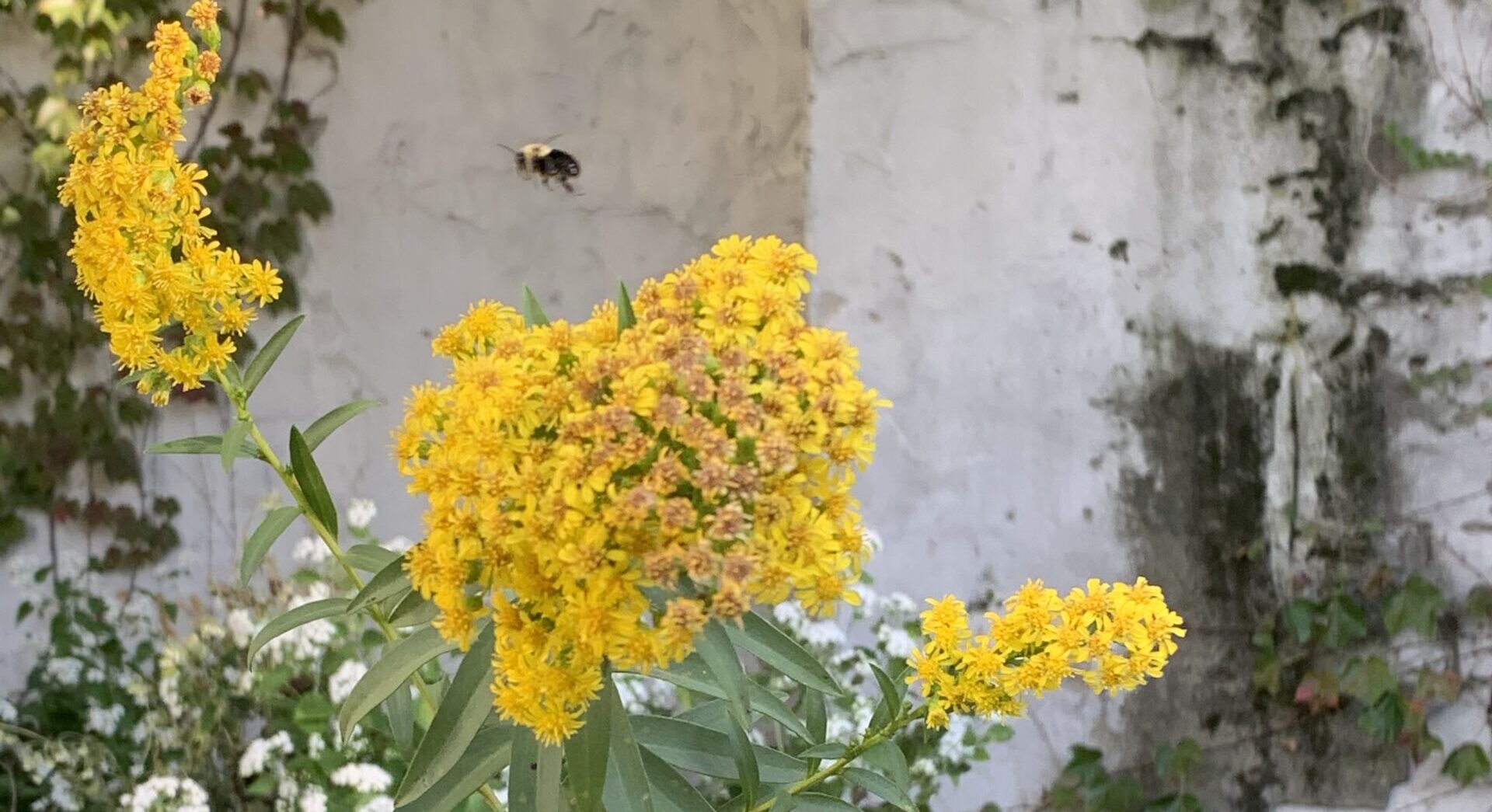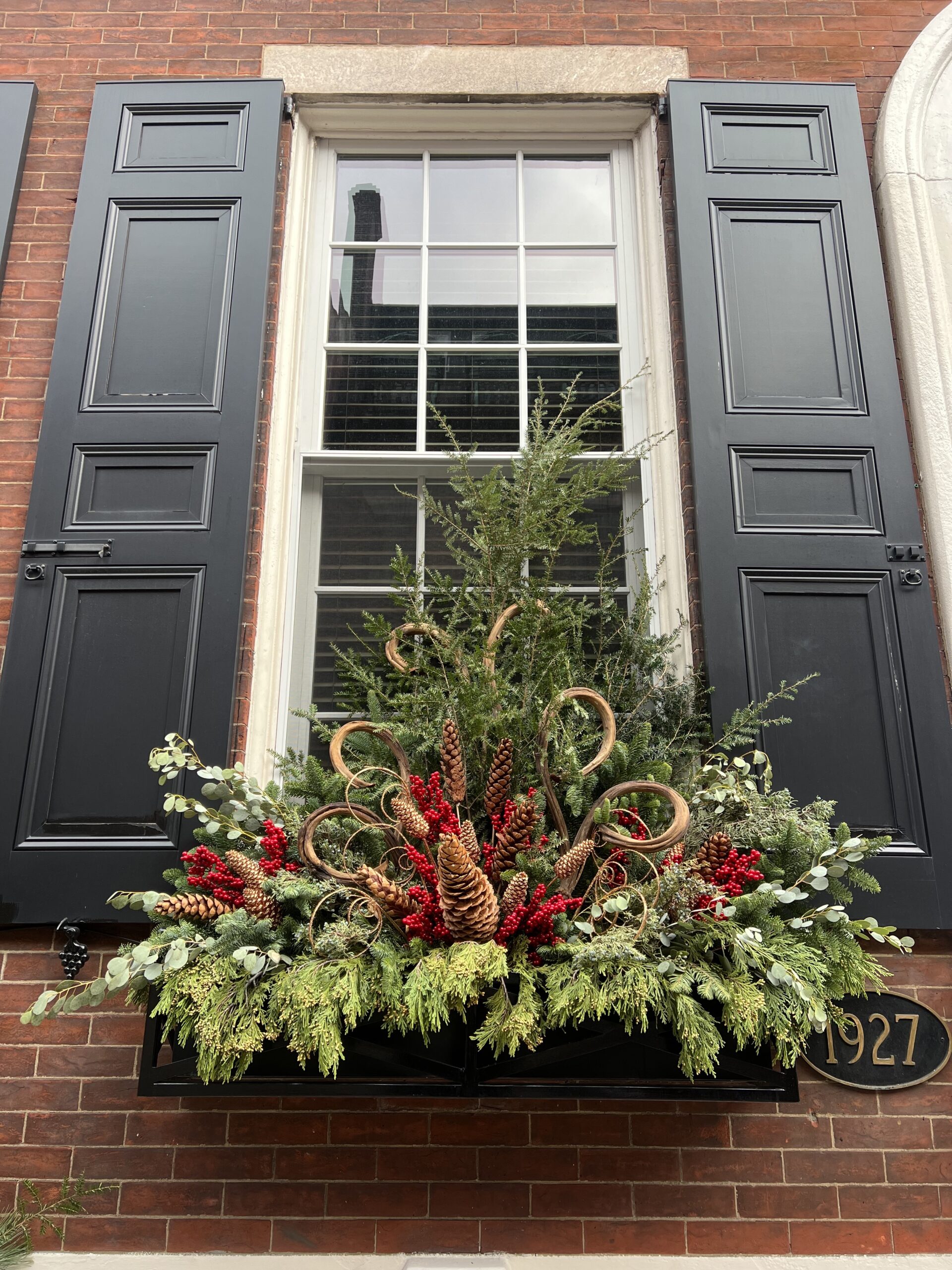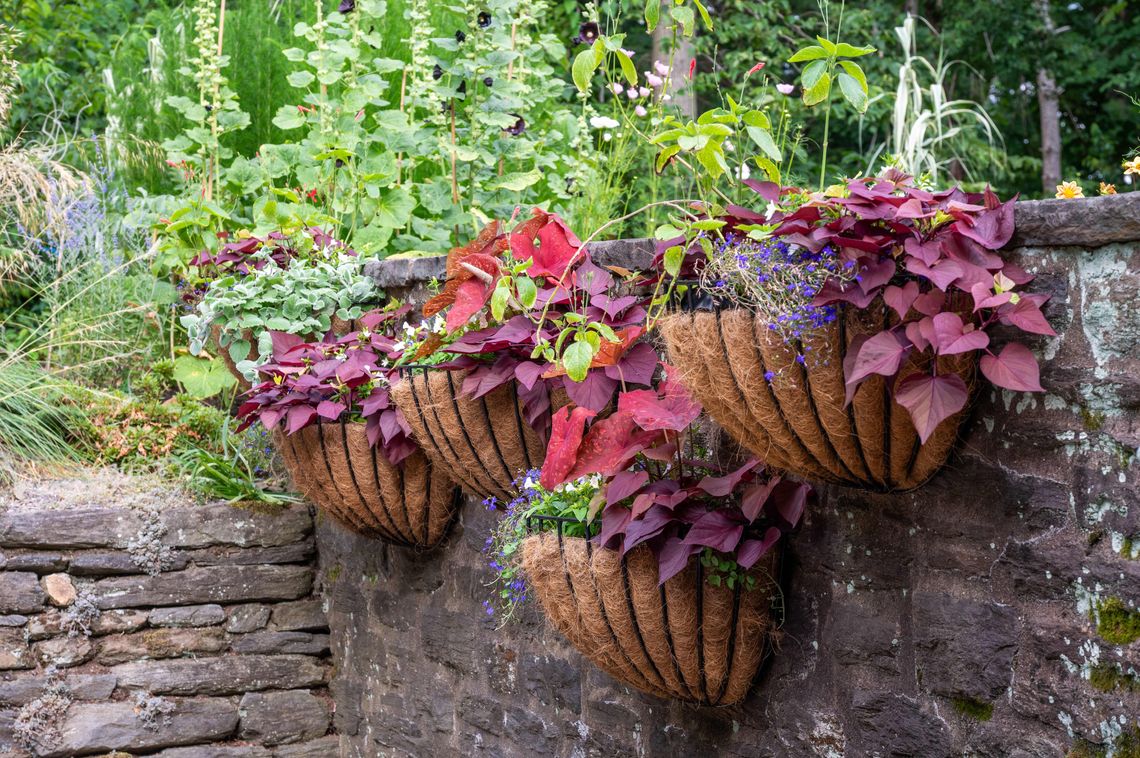community
Philadelphia Orchard Project: Supporting our Community Gardens
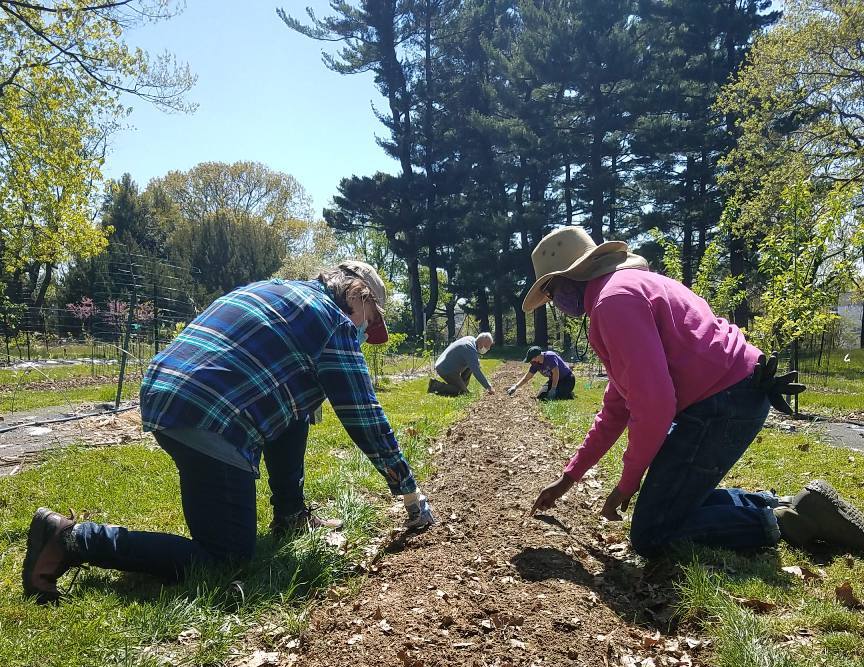
POP Learning Orchard Work Day. Image: Philadephia Orchard Project.
William Penn’s vision of a “Green Country Town” got off to a good start with planned public parks that improve the population’s health. However, Penn’s plans did not anticipate late 19th-century industrialization and massive immigration that created overcrowding. This eventually led to a city where access to abundant green space and fresh food is limited. Fortunately, many community-led organizations have since stepped in to change that by creating community gardens and sharing resources with neighbors.
Philadelphia’s Community Gardens: A Brief History
Philadelphia’s history of community gardens dates back to the 1890s. That is when the Vacant Lot Cultivation Association (1897-1928) was formed to help people secure and cultivate gardens on the vacant lots of the city. Flash forward to the 1960s, Philadelphia became a national model in the community gardening movement. Hundreds of community gardens were cultivated on neglected vacant lots through the cooperative efforts of neighbors, with support from the Pennsylvania Horticultural Society, Penn State Extension, and others. However, many of these cultivated lots fell victim to development. In 1986, the Neighborhood Garden Association (NGA) was established to address this problem. Between 1986 and 2011, 30 community gardens were saved. In 2012, the NGA was renamed the National Gardens Trust (NGT) to emphasize its land trust function and established a formalized affiliation with the Pennsylvania Horticultural Society (PHS).
Examples of some of our oldest community gardens include the Summer Winter Community Garden located in Powelton Village which takes its name from nearby Summer and Winter streets. The garden is associated with the NGA and actively supports PHS’ City Harvest, a program to grow food for Philadelphia’s hungry. Other older community gardens include The Spring Gardens Community Garden in Fairmount and the Wiota Street Garden in West Powelton.
Today, PHS provides organic growing supplies, access to tools, educational resources, and other support to help more than 170 community gardens, urban farms, and grow spaces to improve the quality of life in local neighborhoods.
In addition, Parks & Rec hosts 19 community gardens on parkland. At these gardens, 500 community members grow over 10,000 pounds of food each year. However, many of them focus on vegetables and short term crops. This is where the Philadelphia Orchard Project comes in.
The Philadelphia Orchard Project
Founded in 2007 by economic development pioneer Paul Glover, Philadelphia Orchard Project (POP) now supports 66 communities. POP works with community-based groups and volunteers to plan and plant orchards filled with useful and edible plants in neighborhoods across the city. POP provides orchard design assistance, plant materials, and training in orchard care.
So, how does POP benefit the hundreds of community farms and numerous support organizations such as the National Garden Trust, City Harvest and PHS’s Community Garden Progam which existed before its formation in 2007?
“Many neighborhoods in the city already had community gardens,” said Indy Shome, Communications Director of POP, “But most of them were focused on annual vegetables, which means crops need to be planted each year. Trees and perennials on the other hand are planted only once. They are permanent.”
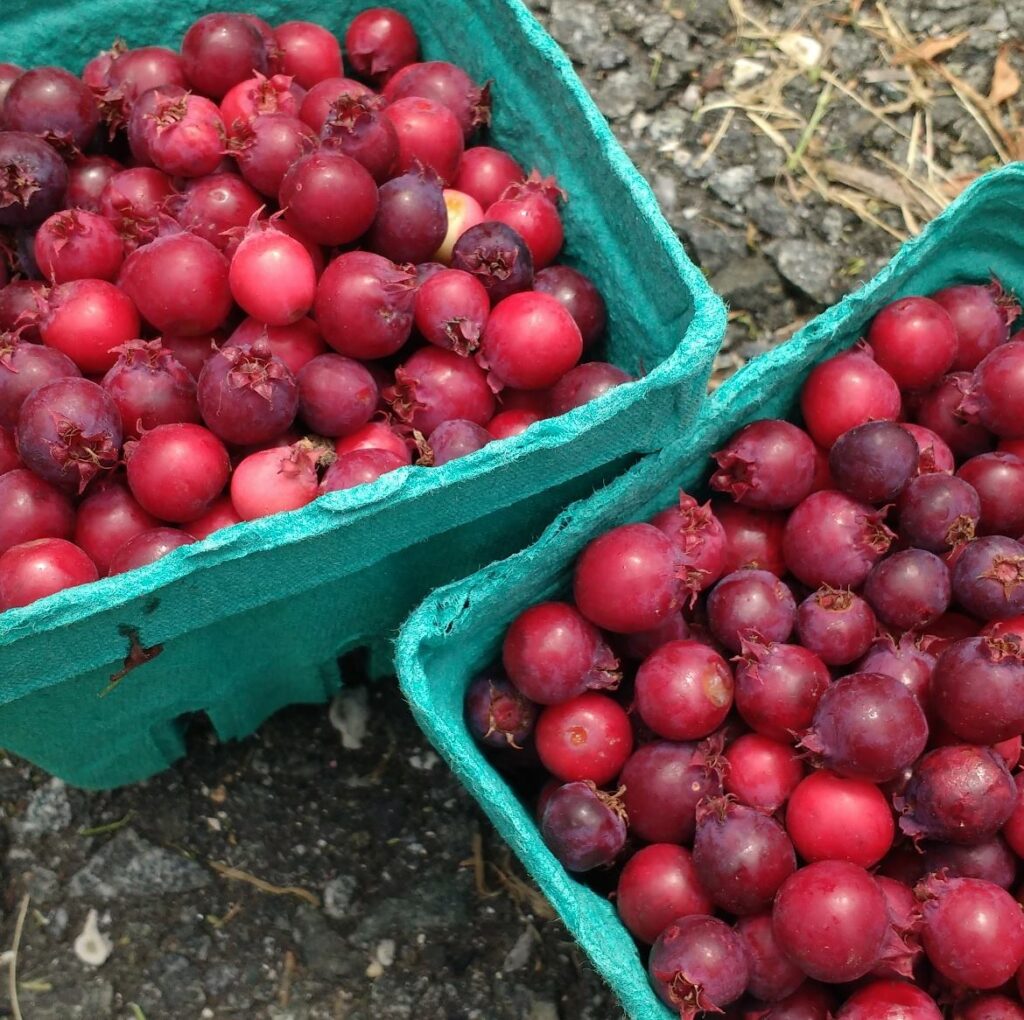
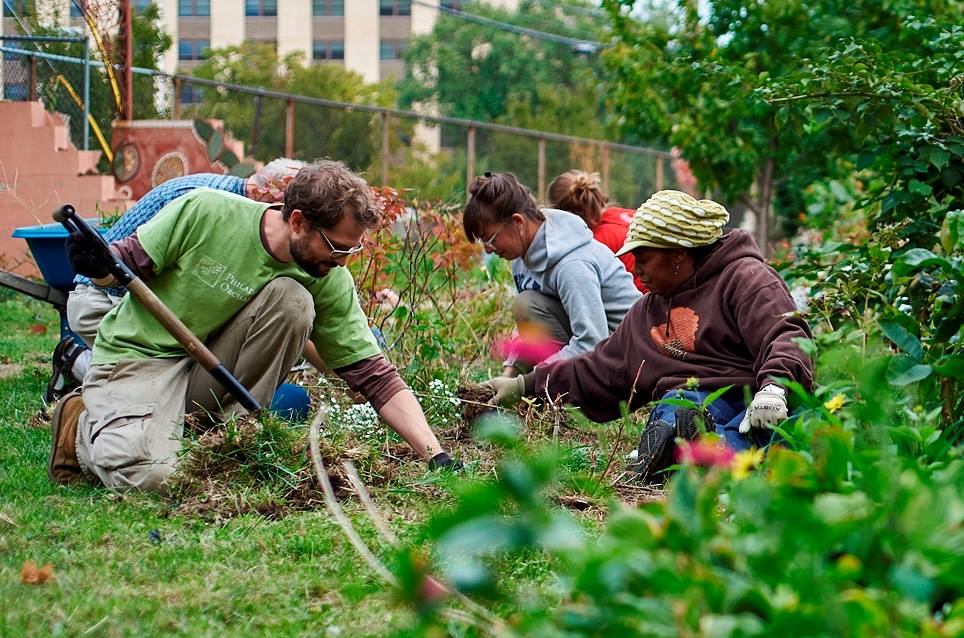
Images: Philadelphia Orchard Project.
“We plant new orchards as well as support existing gardens, but all of it is done in partnership with a community group,” said Shome. “POP offers support with design, materials, planting, training and ongoing care. As our capacity and partnerships grow, so does the knowledge base. Each space and partnership teaches us something new about nurturing orchards, and this knowledge and experience is then shared and applied.”
“Fruit trees take a long time to mature and bear fruit, but they could live to feed our great grandchildren,” said Shome. “Trees, berries, and herbs do require care, but they are less resource and labor intensive than most other crops. Trees provide shade, improving air quality and reducing air conditioning costs. Fruit and nut trees sequester more carbon emissions than the softwood trees typically planted for carbon offsets.”
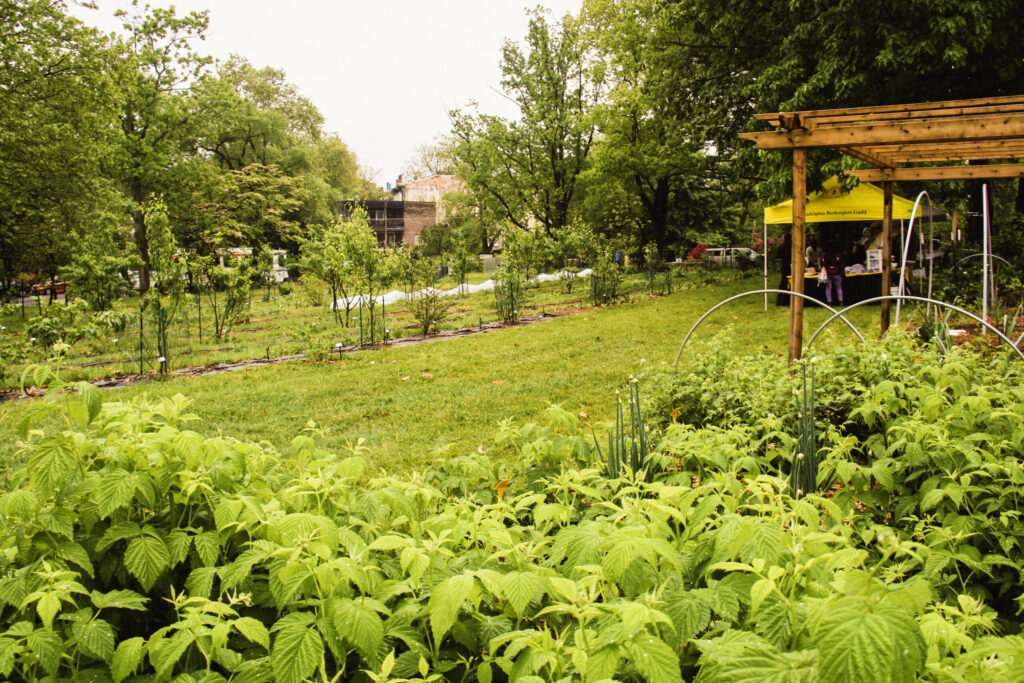
Roxborough High’s Greening Club partnered with POP to plant fruit trees, berries and perennials to grow healthy snacks for future generations. Another POP partnership with the Walnut Hill Community Farm in West Philly resulted in the planting of orchard products. And the Hunting Park Community Garden was revitalized, in partnership with POP, Parks & Rec, and the Fairmount Park Conservancy.
In all, POP is responsible for the addition of 68 orchards, over 1,000 planted trees, 4,000 shrubs and 27,000 perennials. Billy Penn would be proud.
Are you a gardener interested in learning other ways you can exercise your green thumb? Check out our article about Watershed, Pollinator, and Bird-Friendly Garden Certification Programs, or explore some of our favorite Philadelphia’s Community Gardens.





